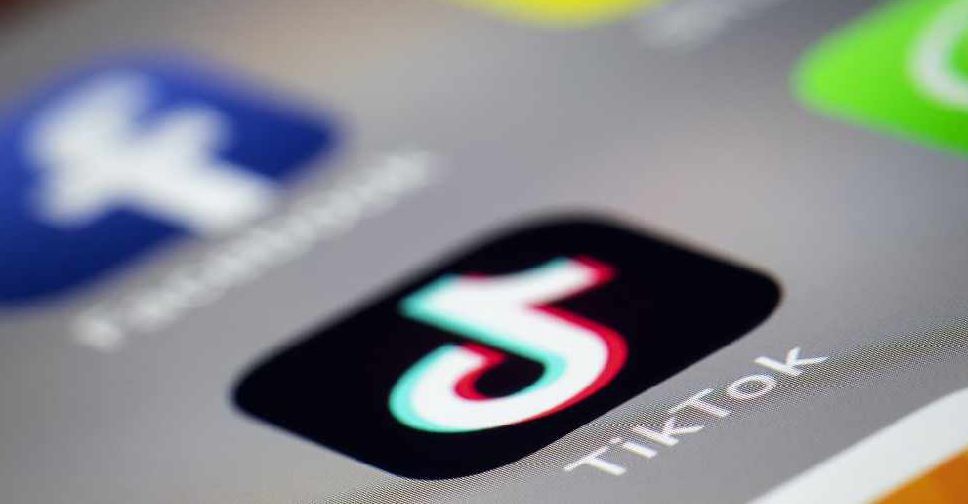
Apple Inc.’s streak of 51 consecutive quarters of uninterrupted sales growth is over - and its expansion may not resume until late this year. A boom in demand for smartphones, music players and other electronic devices propelled Apple’s annual revenue by $227 billion in the 13 years since the last quarterly drop, resulting in a skyrocketing stock price that made Apple the world’s most valuable company. That era of untrammeled expansion hit a wall in the quarter that ended in March as fewer people upgraded to the latest iPhones, and the company is predicting another decline in the current period. With the introduction of a new model still months away, Apple investors are seeking answers on whether lackluster sales of the device, the company’s biggest revenue generator, reflect a broader slowdown in the market for high-end smartphones - or just the pause before the next upgrade frenzy. Forecasts from suppliers such as Qualcomm Inc. and Taiwan Semiconductor Manufacturing Co. have suggested demand is cooling, and stalled economic growth in China is paring Apple’s sales in that region. “I see nothing on the horizon from a component or a technology perspective that’s going to drive these major upgrades,” Bob O’Donnell, chief analyst at TECHnalysis Research LLC, said in a televised interview on Bloomberg West. “We’re going to see people hold onto these things longer, just like we saw with PCs.” Second-quarter sales slid 13 percent to $50.6 billion from $58 billion a year earlier, the company said Tuesday in a statement. That compared with the average analyst estimate of $52 billion. Net income declined to $10.5 billion, and IPhone shipments fell 16 percent. Sales in the third quarter, which ends in June, will be $41 billion to $43 billion, Apple said. On average, analysts estimated revenue of $47.4 billion, according to a Bloomberg survey. The smartphone market “is currently not growing,” Chief Executive Officer Tim Cook said a conference call. “That’s an overhang of the macroeconomic environment in many places in the world.” The stock dropped as much as 8.5 percent to $95.51 in extended trading after the report. Concerns about decelerating smartphone demand have contributed to an almost 20 percent decline in Apple shares in the past 12 months. The stock fell less than 1 percent to $104.35 at Tuesday’s close in New York. That gave Apple a market capitalization of about $579 billion -still the world’s largest company by that measure. Growth Streak The last time Apple’s quarterly profit dropped compared with the same period a year earlier was in the second quarter of fiscal 2003, when it cited higher expenditures on developing new products. The introduction of the iTunes Store the following quarter was the starting point for surging iPod growth, which would ultimately birth the iPhone four years later. The Cupertino, California-based company on Tuesday also said it will boost its share-repurchase program to $175 billion, from the $140 billion announced last year. Apple will increase its quarterly dividend, as it did a year ago, to 57 cents a share from 52 cents. The second-quarter report showed that Apple is no longer able to count on China as a growth engine. Sales in that country, Taiwan and Hong Kong fell 26 percent in the period, a major shift from just a couple of years ago, when sales in the region were more than doubling with regularity. Apple attributed the decline primarily to lower sales in Hong Kong, where the local currency peg with the U.S. dollar made products more expensive to visitors. “China is particularly worrisome for Apple because it has risen quite quickly to become Apple’s second-most important region,” said Brian Blau, a San Francisco-based analyst at Gartner Inc. “That makes us wonder what the issue is, whether it’s a temporary issue or whether it’s going to be something longer-term.” IPhone sales in the recent period fell to 51.2 million from61.2 million a year earlier. Analysts on average had predicted the company would sell 50.7 million iPhones in the quarter, according to a Bloomberg survey. Legal Battles The quarterly report is Apple’s first since a high-profile legal skirmish with the U.S. government over data privacy, encryption and law enforcement. The U.S. dropped two separate demands that the company help it break passcodes to get data from the iPhones used by a drug dealer in New York and a shooter in a December terrorist attack in San Bernardino, California. Apple had vehemently fought against both orders, saying that helping the government would jeopardize security for hundreds of millions of users and the cases could pose a dangerous precedent for law enforcement agencies’ access to encrypted iPhone data. The Department of Justice had argued it only wanted access to specific phones in limited instances, and abandoned the two cases after finding alternate methods for unlocking the phones in question. As iPhone sales slow, Apple investors are increasingly asking what might fuel the company’s next growth spurt. A number of possibilities have surfaced: virtual reality gear, a self-driving car or a live television service, for example. Yet Apple’s secretive approach to development makes it hard to predict when, in what form, or even if any of these innovations will someday surface. Virtual reality gained headlines back in January, when Cook said VR wasn’t a “niche” and had some “interesting applications.” Meanwhile the potential allure of the automotive industry for Apple and other technology companies has been highlighted in recent weeks as Tesla secured more than 325,000 pre-orders for its latest electric car in a matter of days. Seeking Acquisitions As growth slows, Cook said Apple may look to acquisitions to speed up product development or help the company enter new product categories. Apple has made 15 acquisitions over the past 12 months, most of them small. "We’re always looking," Cook said. Analyst project sales will be little changed in the fiscal fourth quarter, which ends in September, and on average they predict sales growth of 4 percent in the last three months of the year, when a new version of the full-sized iPhone is likely to be on the market. In the meantime, the company has been adding to its product line. In March, the company rolled out the new iPhone SE, partially seen as a move to bolster sales in emerging economies such as India and China. Yet analysts cautioned that the smaller phone, starting at $399 in the U.S., could risk cannibalizing sales of the more expensive flagship 6-series handsets, and may reduce the average price at which Apple sells its phones. Price Impact The lower price point of the iPhone SE is one of the main reasons for Apple’s lower-than-projected third-quarter sales forecast, Chief Financial Officer Luca Maestri said in an interview. The company has been unable to manufacture enough iPhone SEs to meet demand, he added. “Every time we launch a new product we know there is an element of overlap,” Maestri said. “We look at the opportunity to attract the first-time smartphone buyers.” Last month Apple also unveiled a new, smaller iteration of the iPad Pro, incorporating the power and some features of its larger Pro model for business users, aimed at stemming a persistent decline in sales of the tablet. IPad shipments in the recent quarter fell 19 percent from a year earlier to 10.3 million, topping analysts’ average projection of 9.4 million. To help make up for dwindling growth in smartphones and other devices in the shorter term, Apple has been trying to bolster its services business, which includes its iCloud storage platform, Apple Music and the App Store. Not only is the profit margin wider on these offerings, buying them usually commits customers to subscription services that generate stable recurring revenue streams over months or years. Services was a bright spot in the second quarter, with revenue jumping 20 percent. Sales of Mac computers declined 12 percent to 4.03 million units, less than estimates of 4.6 million. (By Alex Webb/Bloomberg with assistance from Jeran Wittenstein and Adam Satariano.)
 UAE, Ukraine conclude terms of trade pact
UAE, Ukraine conclude terms of trade pact
 Elon Musk visits China as Tesla seeks self-driving technology rollout
Elon Musk visits China as Tesla seeks self-driving technology rollout
 Abu Dhabi Airports welcomes 6.9 million passengers in three months
Abu Dhabi Airports welcomes 6.9 million passengers in three months
 ByteDance denies media report of plan to sell TikTok
ByteDance denies media report of plan to sell TikTok
 Photos: UAE’s first operational vertiport unveiled in Abu Dhabi
Photos: UAE’s first operational vertiport unveiled in Abu Dhabi




